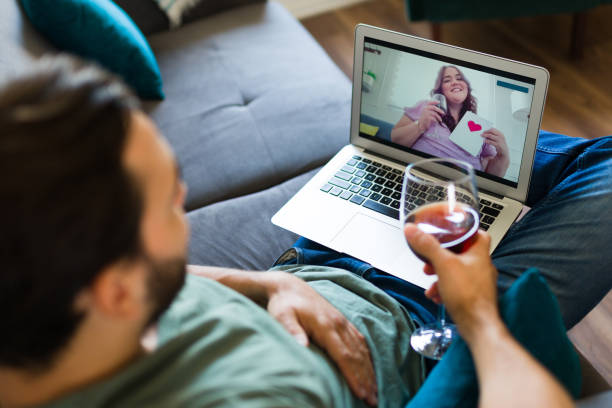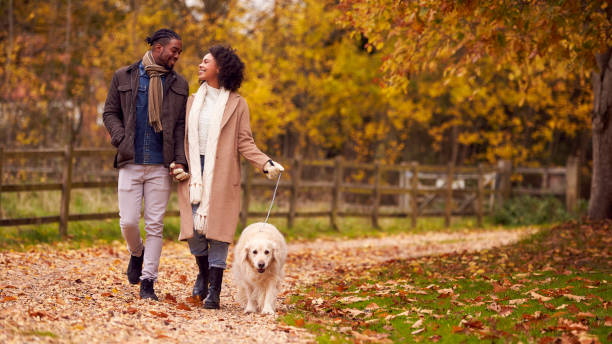Attachment Styles and How They Affect Your Relationships

Attachment Styles and How They Affect Your Relationships
Ever wondered why you cling to a partner or push them away? I’ve caught myself overthinking a text, classic anxious attachment behavior, and it strained my bond. Understanding attachment styles in relationships can reveal why you love the way you do. This 2025 guide explores four main styles, their impact on relationship dynamics, and tips to navigate an avoidant partner or your own patterns. Ready to decode your love life and master attachment styles in relationships? Let’s dive in!
Curious about strong bonds? Check out these healthy relationship signs.
Why Attachment Styles in Relationships Matter
Attachment styles shape how we connect, rooted in early childhood experiences. I’ve seen my fear of abandonment (hello, anxious attachment) make me clingy, while a friend’s avoidant partner shut down during conflict. Research shows attachment styles in relationships influence trust, communication, and emotional intimacy (Psychology Today). Knowing your style—and your partner’s—helps you navigate relationship dynamics and build healthier bonds with better attachment styles in relationships.
1. Secure Attachment: The Healthy Baseline
Secure folks are the gold standard—they trust easily and communicate openly. They’re comfortable with closeness and independence, balancing relationship dynamics like pros. Studies show securely attached people report higher relationship satisfaction with their attachment styles in relationships (Verywell Mind). If your partner’s secure, they’ll likely support you through your own style struggles.
How to Nurture It: Practice open communication—like sharing feelings without fear—to channel secure vibes.
2. Anxious Attachment: The Clinger
Anxious attachment (my old default) means craving closeness but fearing rejection. I’d overanalyze a delayed reply, thinking, “They’re done with me!” This style often leads to neediness, which can overwhelm partners. Experts say anxious types benefit from self-soothing techniques to manage relationship dynamics with their attachment styles in relationships (Greater Good Science Center). It’s about finding balance.
How to Manage: Try journaling your worries instead of texting your partner 10 times in a row.
3. Avoidant Attachment: The Distant Partner
An avoidant partner craves independence and often pulls away when things get too close. I dated someone like this—they’d go silent during tough talks, leaving me confused. Avoidants struggle with vulnerability, which can stall emotional intimacy. Research suggests they need space but also gentle encouragement to open up and improve their attachment styles in relationships (Healthline). Understanding this style helps you navigate their distance.
How to Connect: Give them space, but gently say, “I’m here when you’re ready to talk.”

Far apart? Discover long-distance relationship tips!
4. Disorganized Attachment: The Push-Pull
Disorganized attachment mixes anxious and avoidant traits—wanting closeness but fearing it. I’ve seen this in a friend who’d chase a partner, then ghost them. It often stems from inconsistent caregiving in childhood, leading to chaotic relationship dynamics. Therapy can help disorganized types find stability with their attachment styles in relationships (Verywell Mind). Patience is key here.
How to Support: Encourage professional help if patterns feel too intense, and be a steady presence.
5. How to Work With Your Partner’s Style
Understanding your partner’s style can make or break things. If you’re anxious and they’re avoidant, you might feel neglected while they feel smothered. I learned to give my avoidant partner space without taking it personally. Experts suggest open conversations about needs—like, “I need reassurance sometimes, what about you?”—to balance relationship dynamics using attachment styles in relationships (The Gottman Institute).
How to Start: Ask, “What makes you feel safe in a relationship?” and really listen.

Common Pitfalls to Avoid
Attachment styles can trip you up if you’re not careful. Here’s what to watch for:
- Ignoring Red Flags: Don’t excuse an avoidant partner’s constant distance as “just their style.”
- Overcompensating: Anxious types, don’t smother to feel secure—it backfires.
- Blaming: Your styles differ, but pointing fingers creates more distance.
Why Understanding Attachment Styles Helps
Knowing attachment styles in relationships isn’t just psych jargon—it’s a roadmap to better love. It helps you spot patterns, like why anxious attachment makes you cling or an avoidant partner pulls away. Studies show couples who understand their styles communicate better and fight less, improving their attachment styles in relationships (Psychology Today). It’s about building empathy and stronger bonds.
Quote to Inspire You
“Love isn’t about changing someone—it’s about understanding them.” — Anonymous
This sums up navigating relationship dynamics beautifully!
Conclusion: Build Better Bonds With Awareness
Understanding attachment styles in relationships unlocks deeper connections. Whether you’re managing anxious attachment, supporting an avoidant partner, or balancing relationship dynamics, these tips help you love smarter with attachment styles in relationships. Relationships take work, but awareness makes them thrive. Which style resonates with you? Share in the comments! Ready to grow? Explore more on healthy relationship signs. Here’s to love that lasts!
Sources
- Psychology Today. (2021). How different attachment styles affect relationships. The Upside of Things Blog. https://www.psychologytoday.com/us/blog/the-upside-things/202105/how-different-attachment-styles-affect-relationships.
- Verywell Mind. (n.d.). Attachment styles. Verywell Mind. https://www.verywellmind.com/attachment-styles-2795344.
- Greater Good Science Center. (n.d.). Is your attachment style creating tension in your relationship? Greater Good Magazine. https://greatergood.berkeley.edu/article/item/is_your_attachment_style_creating_tension_in_your_relationship.
- The Gottman Institute. (n.d.). How your attachment style influences the success of your relationship. The Gottman Institute. https://www.gottman.com/blog/attachment-style-influences-success-relationship/.
- Healthline. (n.d.). What is attachment theory? Here’s how it might affect your relationships. Healthline. https://www.healthline.com/health/relationships/attachment-theory.








